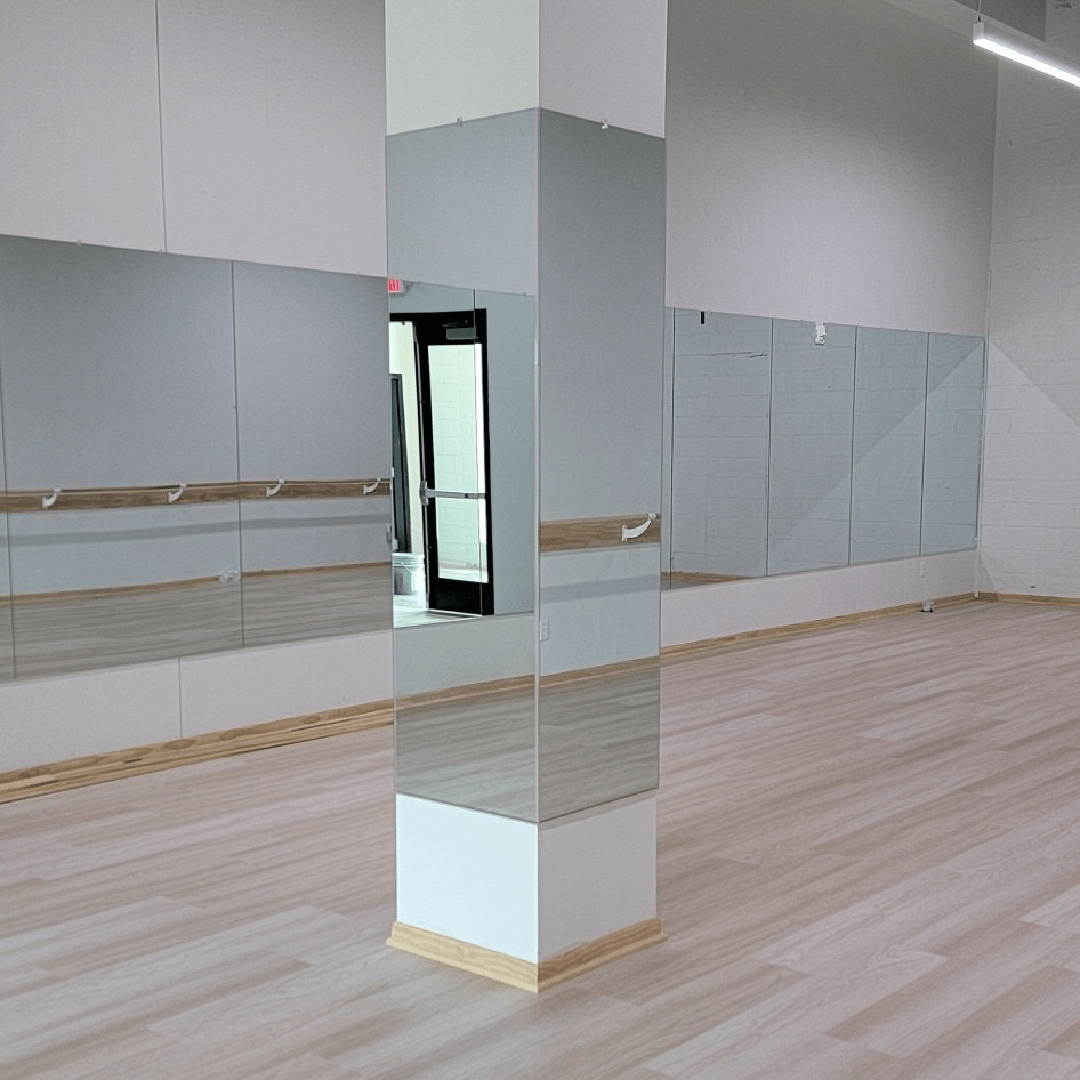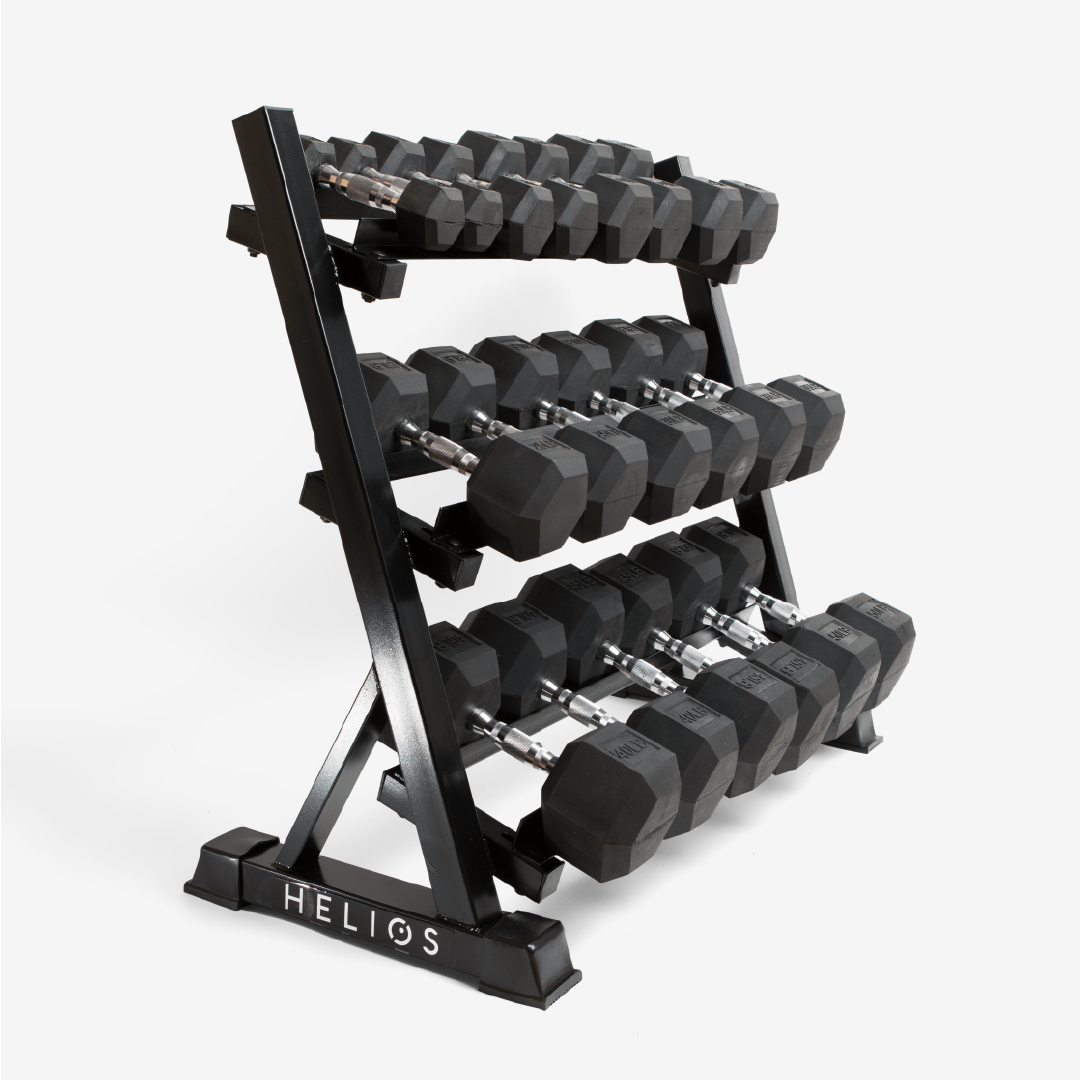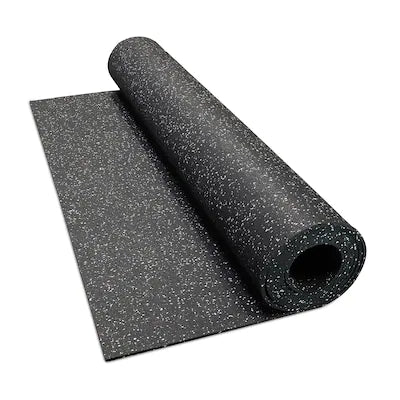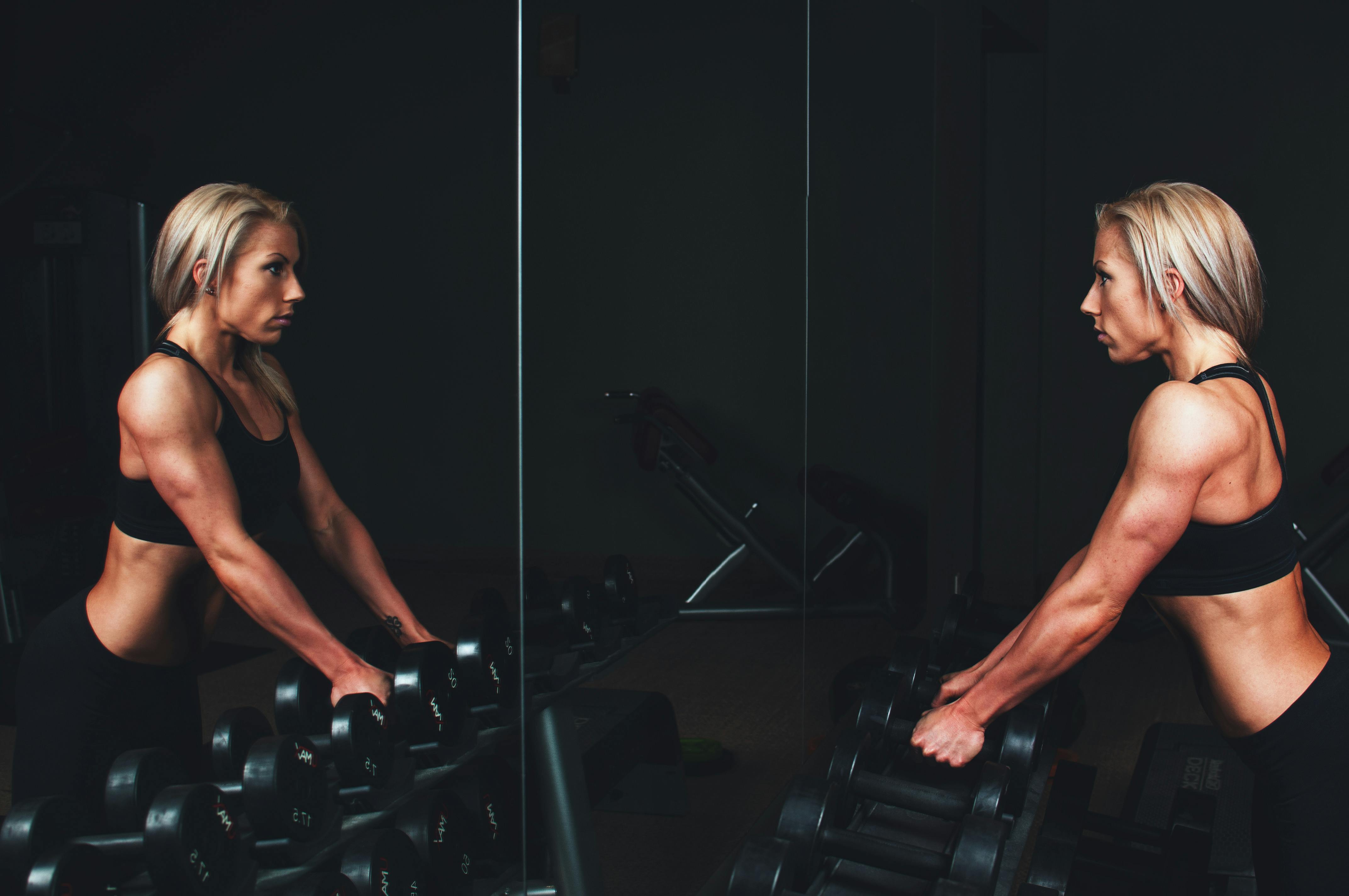In the ever-evolving world of fitness, weightlifting stands as one of the most effective ways to build strength, enhance athletic performance, and transform your physique. However, as any seasoned lifter will tell you, the journey to weightlifting mastery isn’t just about how much you can lift—it’s about maintaining the correct form while lifting. Gym mirrors for weightlifting form play a crucial role in this process.
Enter the humble gym mirrors for weightlifting form, an underappreciated ally in your fitness journey. While gym mirrors for weightlifting forms have adorned gym walls for decades, many lifters fail to harness their full potential as training tools. Today, we’re diving deep into how these reflective surfaces can revolutionize your lifting technique, prevent injuries, and accelerate your progress toward your fitness goals.
The Science Behind Gym Mirrors for Weightlifting form

Visual Feedback and Motor Learning
When you lift weights, your brain is constantly processing information from various sensory channels to coordinate your movements, and gym mirrors for weightlifting form provide immediate feedback that enhances this process. Research in motor learning has shown that visual feedback—like what you get from gym mirrors for weightlifting form—can significantly enhance movement accuracy and consistency.
“Visual feedback provides immediate information about body position that proprioception alone sometimes misses,” explains Dr. Sarah Jenkins, a sports physiologist specializing in resistance training. “This real-time data allows lifters to make micro-adjustments that improve technique over time.”
Neuromuscular Connection Enhancement
Beyond just seeing your form, mirror training can strengthen the mind-muscle connection that's crucial for effective lifting. When you watch yourself perform an exercise correctly in gym mirrors for weightlifting form, neural pathways related to that movement pattern are reinforced. This is particularly valuable for isolation exercises where targeting specific muscles is paramount.
Setting Up Your Mirror Strategy

Strategic Mirror Placement for Different Lifts
Not all mirror setups are created equal when it comes to lifting weights. The optimal arrangement depends on the exercises in your routine and the specific form aspects you need to monitor.
For compound movements:
-
Squats: Position mirrors to view your profile (side view) to check for proper depth, back angle, and knee alignment
-
Deadlifts: A 45-degree angle view helps monitor both back position and symmetrical bar path
-
Bench Press: Mirrors placed above or at an angle can help ensure proper bar path and symmetrical arm movement
For isolation exercises:
-
Bicep Curls: Front-facing mirrors help prevent swinging and ensure full range of motion
-
Lateral Raises: Side and front mirrors help maintain proper shoulder position and prevent compensation
-
Lunges: Side mirrors monitor knee tracking and torso position
Creating a 360-Degree Feedback Environment
For serious lifters, consider creating a multi-angle mirror setup. A gym lined with mirrors can provide comprehensive visual feedback from multiple angles, enhancing the effectiveness of your workouts. This might involve:
-
Floor-to-ceiling mirrors on main walls
-
Smaller adjustable mirrors for specific angles
-
Portable mirror options for home gym flexibility
“The best setup I’ve seen included three mirrors in a partial U-configuration, allowing athletes to simultaneously monitor multiple angles during complex lifts,” notes competitive powerlifter Marcus Wheeler. “It transformed their training almost overnight.”
Mastering the Major Lifts with Mirror Assistance

Squat Form Perfection
The squat—often called the king of exercises—is also one of the most technically challenging movements to master. Using mirrors allows you to closely monitor your own form, ensuring that each element of the squat is performed correctly. Here’s how mirrors can help you perfect each element:
Depth monitoring: A side mirror helps ensure you’re reaching proper depth (hips below parallel for most training purposes) without excessive forward lean.
Knee tracking: Front mirrors allow you to confirm knees are tracking in line with your toes, preventing the common issue of knee valgus (knees caving inward).
Back position: Side mirrors are crucial for maintaining the natural curve in your lower back, preventing both hyperextension and dangerous rounding.
Bar path: Watching the bar move in a vertical line over mid-foot in the mirror ensures optimal leverage and weight distribution.
Common mistakes mirrors help correct:
-
Forward knee drift
-
Excessive forward lean
-
Asymmetrical weight distribution
-
Improper depth
Deadlift Form Refinement
The deadlift tests your entire posterior chain and core stability. Mirror feedback is invaluable for this technical lift:
- Hip hinge mechanism: Side mirrors help distinguish between a proper hip hinge and an inefficient squat-like movement.
- Back angle: Monitoring your back position throughout the lift helps prevent the dangerous rounded-back position that can lead to injury.
- Bar path: The ideal bar path should be vertical or nearly vertical—mirrors help you ensure the bar isn't drifting forward or backward during the lift.
- Shoulder symmetry: Front mirrors help detect and correct any asymmetry in shoulder height or arm length that might be causing imbalances.
Bench Press Precision
While many lifters focus on the weight moved in bench press, form refinement can dramatically improve results and shoulder health:
- Bar path: The optimal bar path isn't straight up and down but slightly diagonal. Mirrors positioned correctly can help you visualize and achieve this path.
- Scapular retraction: Side mirrors help ensure you're maintaining proper shoulder blade positioning throughout the movement.
- Elbow angle: Monitoring elbow position in mirrors helps prevent excessive flaring, a common cause of shoulder issues.
- Wrist alignment: Proper wrist position (straight, not bent back) is easily monitored with mirror feedback.
Beyond the Basics: Advanced Mirror Techniques
Tempo Training Enhancement
Controlling the tempo of your lifts—the speed at which you perform each phase of a movement—is a powerful way to increase training stimulus. This creates a positive feedback loop where visual confirmation of your movement speed reinforces proper tempo and technique. Mirrors enhance tempo training by providing visual confirmation of your movement speed.
For example, during a 4-2-1 tempo squat (4 seconds down, 2-second pause, 1 second up), mirror feedback helps ensure you’re actually taking the full four seconds on the descent rather than rushing through it.
Unilateral Movement Balance
For exercises like lunges, split squats, or single-arm movements, mirrors help identify and correct strength imbalances between sides:
"I didn't realize my right side was doing significantly more work during split squats until I carefully watched my form in the mirror," shares fitness coach Elena Diaz. "The mirror revealed that my left side was slightly higher and not descending as deeply. This awareness allowed me to correct the imbalance over time."
Mind-Muscle Connection Amplification
For bodybuilders and physique athletes, mirrors serve an additional purpose beyond form correction—they enhance the mind-muscle connection through visual feedback:
- Muscle activation visualization: Seeing the target muscle work helps reinforce the neural pathways involved in isolation exercises.
- Peak contraction confirmation: Mirrors help ensure you're achieving full contraction at the top of movements like curls, lateral raises, and cable flies.
- Range of motion completion: Visual feedback helps confirm you're moving through the complete effective range of motion for maximum muscle development.
Avoiding Mirror-Training Pitfalls
Balancing Mirror Use with Proprioceptive Development
While mirrors provide valuable feedback, excessive reliance can potentially hinder proprioceptive development—your body’s ability to sense its position in space without visual cues, which is crucial for a balanced workout routine.
Solution: Incorporate “blind sets” into your training where you perform exercises without looking at the mirror, then check your form afterward. This balanced approach develops both visual and internal feedback mechanisms.
Psychological Aspects of Mirror Training
Mirrors can sometimes trigger appearance-focused thoughts rather than form-focused attention. Studies have shown that excessive mirror-gazing during exercise can increase self-consciousness and even reduce workout satisfaction for some individuals.
Solution: Develop cue-based mirror checking—look at specific form elements rather than general appearance. For example, "Are my knees tracking over my toes?" rather than general mirror-gazing.
Mirror Distortion Awareness
Not all gym mirrors provide perfectly accurate reflections. Some commercial mirrors have slight distortions that can affect your perception of vertical and horizontal lines.
Solution: Use multiple reference points when checking form, and when possible, complement mirror feedback with video recording for more objective analysis.
Choosing the Right Mirrors for Home Gym Setups
Quality Considerations for Fitness Mirrors
When selecting a gym mirror for a home gym environment, consider these factors:
Distortion-free surface: Look for mirrors classified as “optical grade” or “distortion-free” to ensure accurate feedback.
Safety features: For weightlifting environments, safety-backed mirrors or acrylic mirrors reduce breaking risks.
Size and coverage: Full-length mirrors (at least 4’ wide by 6’ tall) provide the most comprehensive feedback for full-body movements.
Mounting options: Secure wall mounting is essential for permanent installations, while freestanding options offer flexibility for renters.
Cost-Effective Mirror Solutions
Professional gym-quality mirrors can be expensive, but there are budget-friendly alternatives. These mirrors can act as a personal trainer by providing visual feedback and guidance during your workouts:
Multi-panel approaches: Several smaller mirrors strategically placed can provide comprehensive coverage at lower cost than single large mirrors.
Alternative materials: Acrylic and polished stainless steel mirrors offer durable, shatterproof alternatives to traditional glass.
DIY mounting: Simple frame constructions can turn basic mirror panels into stable, free-standing units at a fraction of commercial costs.
Implementation: Creating Your Mirror Training Protocol
Structured Mirror Check Points
Develop a systematic approach to mirror use during your workouts to create an optimal workout space:
-
Pre-set visualization: Before beginning a set, take 5-10 seconds to visualize proper form while looking in the mirror
-
Key position checks: Identify 2-3 critical positions in each exercise where form check is most important
-
Post-set assessment: After completing difficult sets, perform a quick form review to note areas for improvement
Progressive Mirror Independence
As your lifting experience grows, aim to gradually reduce mirror dependence while maintaining form quality:
Beginner phase: Frequent mirror checks during sets to establish movement patterns
Intermediate phase: Primary checks at beginning and end of sets, with occasional mid-set confirmation
Advanced phase: Primarily proprioceptive guidance with mirrors used mainly for periodic form audits
Conclusion: Reflecting on Progress
Mirrors represent more than just reflective surfaces in the weightlifting and strength training environment—they’re powerful training tools that provide immediate, visual feedback crucial for technical mastery. By strategically incorporating mirror training into your routine while avoiding overreliance, you create an optimal environment for both skill development and injury prevention.
Remember that mirrors should complement, not replace, qualified coaching and internal body awareness. The ultimate goal isn’t to become dependent on your reflection, but rather to internalize proper movement patterns so thoroughly that eventually, you could lift with perfect form even in a room with no mirrors at all.
Whether you’re a beginner learning the fundamentals or an experienced lifter refining technical details, the thoughtful use of mirrors can elevate your training to new levels of precision and effectiveness. So the next time you step up to the bar, take a moment to appreciate that reflective surface—it might just be the most underrated training partner in your fitness journey.
Ready to Optimize Your Training Environment?
Explore our selection of gym-quality mirrors designed specifically for weightlifting environments, or contact our team for custom mirror solutions tailored to your unique training space and goals. Your perfect form journey begins with the right reflection!







